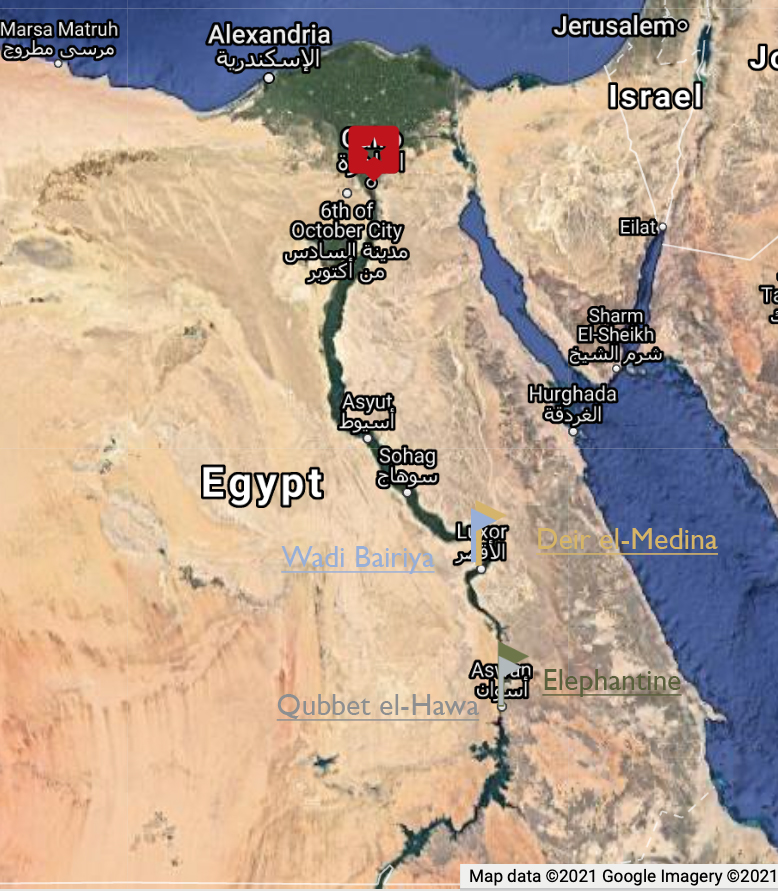
The area of the First Cataract of the Nile played a major role in controlling the flow of luxury goods from Nubia and the Horn of Africa into Egypt: in particular gold, ivory and the wood known as ‘Pharaoh’s ebony’ or African grenadilla (Dalbergia melanoxylon). Study of the archaeological material discovered in the city of Elephantine and the necropolis of Qubbet el-Hawa offers the opportunity to explore the use of this exotic wood in the First Cataract region, the trade networks necessary to obtain it, and also the wider distribution of this wood in other parts of Egypt.
The EGYARN project proposes an innovative view of the textile production of New Kingdom Egypt, especially in the Theban area where several sites around the capital have yielded exceptionally rich archaeological evidence.
Through a combined study of funerary texts and related funerary material (wooden coffins, walls decoration of funeral chambers), the 4-year MORTEXVAR project (Earlier Ancient Egyptian Mortuary Texts Variability July 2019 – June 2023, University of Alcalá) aims to reconnect Texts and Materiality.
Developed at the University of Alcalá de Henares, the interdisciplinary WASET (Wood as Social and Economic tracer in Thebes Egypt project brings together for the first time in Egyptology the across disciplines of archaeometry, art history, archaeology and text study to conduct a detailed analysis of the economic and social networks of wood in Egypt during the Middle Bronze Age through a comprehensive study of wood funerary objects discovered in Thebes, the ancient Egyptian center known as Waset.
The aim of the project GAČR no. 23-04989S is to scrutinize all types of burial containers from the Old Kingdom and First Intermediate Period (stone, wood, reed and pottery) from localities all over Egypt. The data corpus of all available finds, collected in the freely accessible database, will serve as a basis for establishing an overall typology that is noticeably missing. Roughly, the studied corpus comprises 300 wooden conins, 250 stone sarcophagi, 30 reed conins and 60 ceramic conins. The main analytical part lies in tracing the development of the…
Apri un sito e guadagna con Altervista - Disclaimer - Segnala abuso